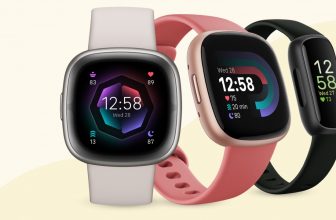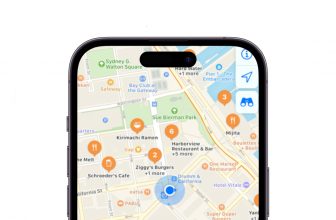
Let’s explain why this megapixel race is unnecessary. Cameras with a resolution of 12 megapixels fully meet modern requirements for creating high-quality photos and videos
There are all the prerequisites that such companies as Apple and Google will continue to stay away from all this hysteria with a large number of megapixels, and will rely on the good old 12 megapixels.
For some, such conservatism will seem like a strange policy and atavism. So why are they so stubbornly reluctant to take the path of increasing the number of megapixels in cameras? It’s simple. They are sure that 12 megapixels are the optimal resolution or “golden mean” for smartphone cameras.
Reasons for this belief include storage capacity, processing time, and photo quality in low ambient light. In addition, the number of megapixels dictates the size of the sensor.
Other factors influencing this choice include the operation of the camera application and autonomy. So why is the good old 12 megapixel an exemplary resolution for a mobile camera sensor?
More pixels equals more data
The more megapixels in the sensor, the more data needs to be processed. As a result, the process itself slows down, and the energy consumption, and, accordingly, the battery power increases. This is especially true when it comes to night or portrait shots that require more post-processing.
 i
i
At the same time, high resolution requires more processing power, more memory, and decent bandwidth. Today it has become the norm that manufacturers are dropping support for microSD cards, depriving users of the opportunity to get decent storage capacity.
The way out is to work with the cloud. But, if you use a low data limit, then you cannot avoid problems with downloading images if the device is not connected to Wi-Fi.
And if you are still a fan of mobile photography and shoot tons of materials, then you will have to spend a lot on a large amount of cloud storage.
View images on displays up to 10MP resolution
This is a harsh truth for those obsessed with more megapixels to know. The lion’s share of users does not view footage on Ultra HD displays and monitors. But even if we assume that someone has such a cool display, then you need to remember that this is a “canvas” with a resolution of only about 8.3 megapixels.
Twelve megapixels is the optimal resolution so that the picture looks clear on almost any display, be it a smartphone, computer, TV, or even a projector. To make a 12-megapixel image useful on an Ultra HD display, you need to zoom in.
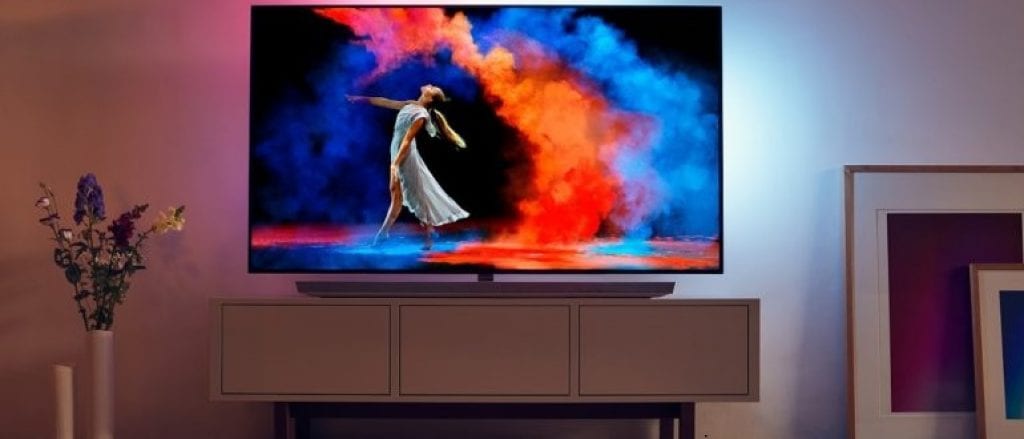
Video shooting restrictions
4K video has been considered almost the standard for mobile devices for about 5 years now. But at the same time, in order to shoot videos in this format, a 10-megapixel sensor is enough, and 12 megapixels are even more abundant, provided that the processor is ready to “digest” such a video. This means that whether you want to shoot 4K at 60fps or 720p video at 1000fps, a 10MP camera is enough.
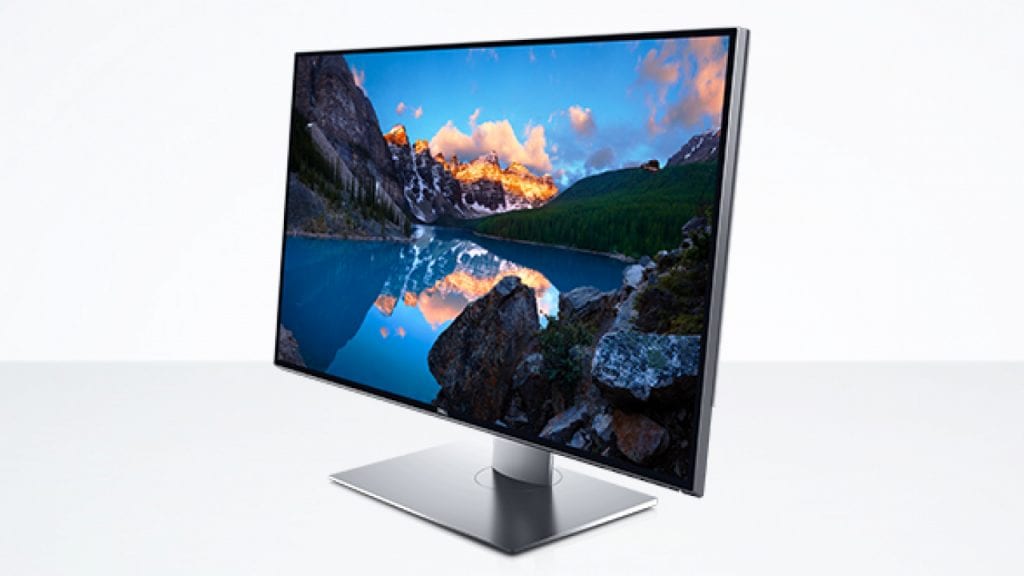
With the arrival of the Snapdragon 865 chip, they gradually began to offer support for 8K video. This is where the need for a sensor with a high resolution arises – 33 megapixels. Please note that 40 Mp, 50 Mp, 64 Mp, and 108 Mp, in this case, are more than abundant.
However, there is little sense from 8K, it is just a marketing feature to attract attention and raise the prestige of the product.
At the moment, 8K displays are a rarity and a luxury to really get a kick out of watching videos this high. And if you are sure that 4K videos are already grossly clogging up storage, what about 8K?
Permission is not the main thing
I think that you yourself are well aware of this rule. Experience has shown that higher resolution does not equal higher quality. Other factors are at the heart of the game.
The quality of optics, processing algorithms, the comfort of work, color accuracy, and dynamic range are the most important points for high-quality photos.
Proof of this can be found in Pixel backgrounds, iPhones, and other devices. The same flagships Huawеi took the top lines of the DxOMark chart without the sky-high 64 megapixels or 108 megapixels.
To see what can be squeezed out of a 12-megapixel sensor without increasing megapixels, just compare the photos taken with a camera with the same resolution of 2016 and 2020.
Below are the shots on the Pixel and Pixel 4, which received a 12MP sensor as the main sensor. Note that the fourth generation Pixel offers a better dynamic range and captures more color data.
This is all thanks to a symbiosis of hardware and advanced software, where HDR10 + took over most of the hard work.
Google pixel
Google Pixel 4
Again, keep in mind that high-resolution sensors use pixel binning, which ultimately typically reduces the number of effective pixels by a factor of 4.
This suggests that a 40-megapixel sensor produces a 10-megapixel image, and if there is a 48-megapixel module on the back, you will get a 12-megapixel photo.
You can of course activate the camera’s highest resolution, but be prepared to sacrifice dynamic range and image quality in low light conditions. And the processing of the photo will take a little more time and “effort” of the application.
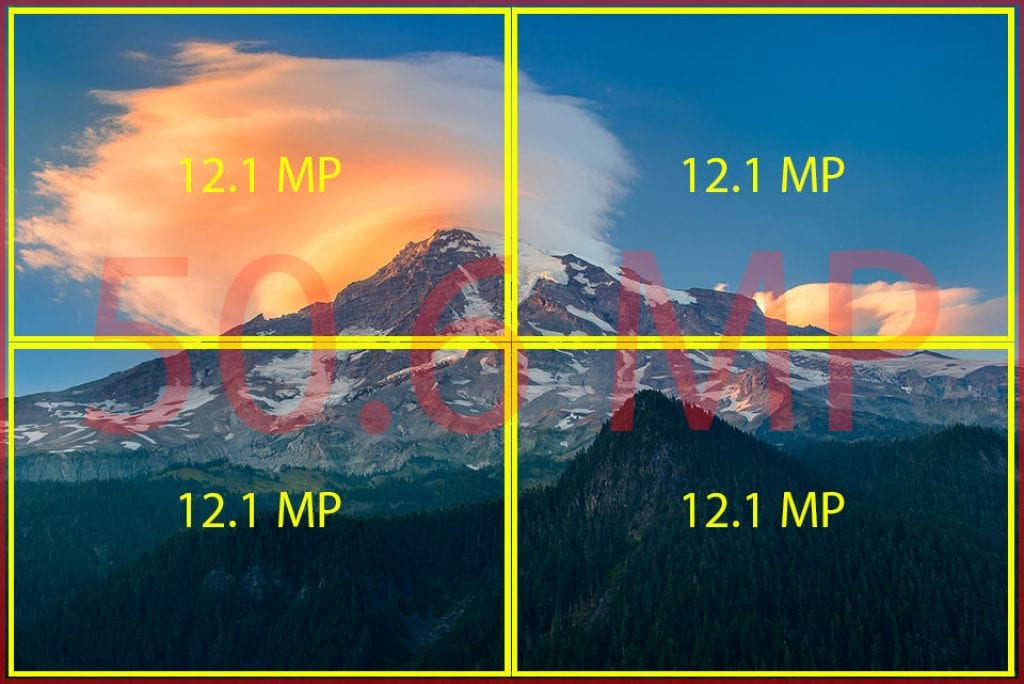
Software and processing is everything
AI camera is a term actively used by many companies. Whether it’s software from Huawei, Apple, Google, Samsung, or any other manufacturer, image processing affects the quality of the final image.
Take a look at sample photos taken with the stock camera app on the OnePlus 7 Pro and with the Google Camera PK file. You can see how the color reproduction, sharpness, and dynamic range differ.
Google Camera allows you to capture a photo where colors are close to nature and a greater dynamic range is offered. Whereas the “regular” image on the OnePlus 7 Pro has more saturation and contrast but lacks clarity.
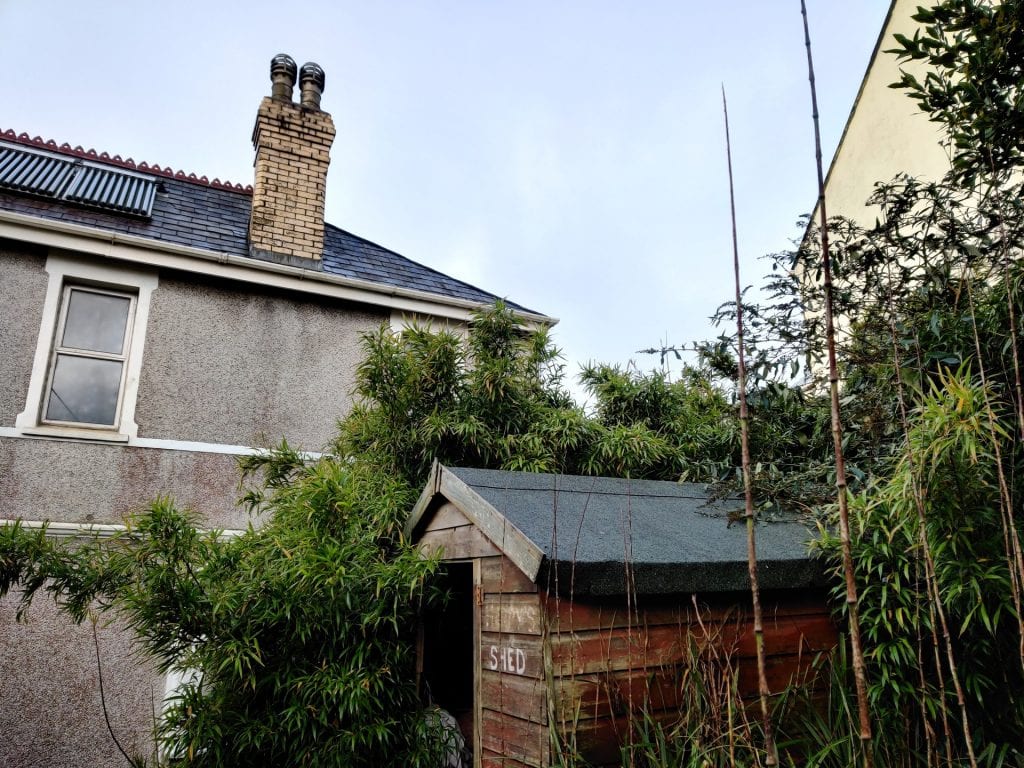
OnePlus 7 Pro stock camera app

OnePlus 7 Pro GCam
Low light and pixel size
The 12-megapixel sensor, unlike high-resolution sensors, allows the use of large individual pixels. The larger the pixel, the more light it captures.
A 1 / 1.2ʺ 12MP module will allow you to get cleaner and sharper images in low light than a sensor of the same size with 48MP.
Below are examples of pictures on Xiaomi Mi 9 in automatic mode and 48-megapixel mode. Notice how much color data is lost and how dynamic range degrades.
Xiaomi Mi 9 48MP mode

Xiaomi Mi 9 auto
Pixel size and therefore sensor size are important. This is why Huawei uses larger sensors than those found in models from Samsung and Apple. This is important especially considering the compactness of the case. Night modes emerged as an attempt to make up for the lack of sensor size by taking multiple exposures and linking them together. Modes like these have improved low-light image quality, but they are not an adequate replacement for the camera’s large sensor.
12 MP is enough
Current hardware limitations, such as processing power, memory, and lens quality, indicate that there is no need to offer high megapixel sensors. Large sensors with large pixels provide a much more noticeable improvement in image quality than simply increasing the pixels.
The focus on improving optics and software has already led modern cameras to evolve and take a big step forward in improving the quality of mobile photography.
When higher resolution video, more powerful processors, and faster storage become the standard, then there may be a need for cameras with a resolution of 40 megapixels or higher.
Until then, the 12-megapixel camera fully meets the existing requirements for high-quality video and photography.






